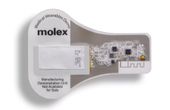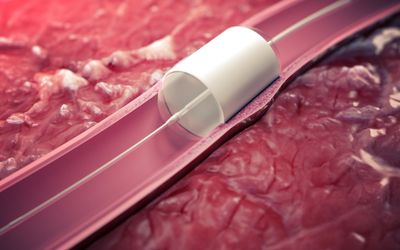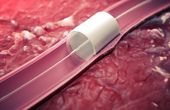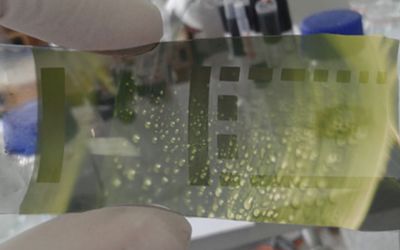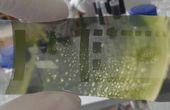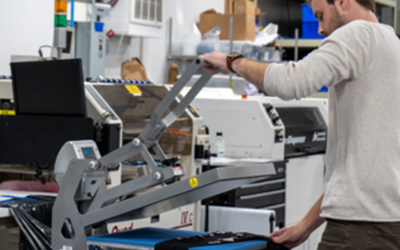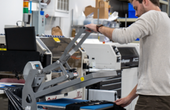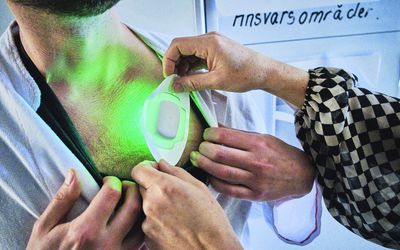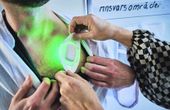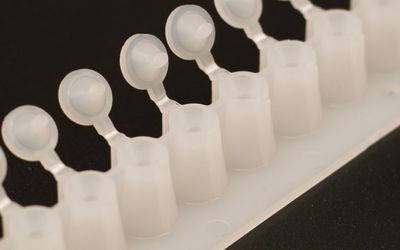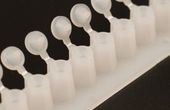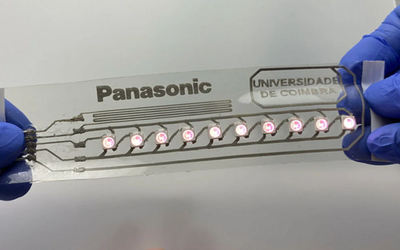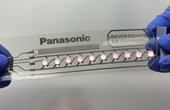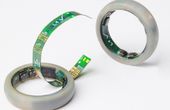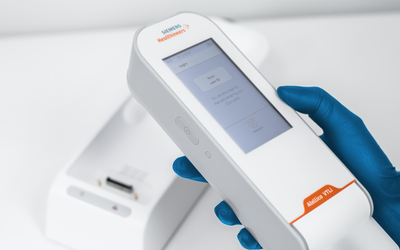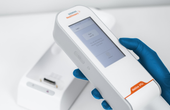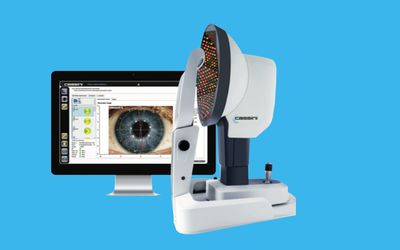Tagged with
Biomedical Devices
ORGANIZATIONS. SHAPING THE INDUSTRY.
High Tech Campus Eindhoven
High Tech
High Tech Campus Eindhoven is Europe's smartest square km and has the ultim...
49 Posts
Latest Posts
In this episode, we talk about a combined effort between ETH Zurich & the Swiss Federal Lab for Material Science (EMPA) to create “smart” internal bandages for safely patching patients post stomach/intestinal surgery while providing insight to the medical staff about the status of the patch to prevent leakages which can be fatal.
Relatively new to High Tech Campus, STENTiT is a medtech startup aiming to revolutionize artery intervention. Born out of technology from Eindhoven University of Technology (TU/e) , the company found a natural home at High Tech Campus Eindhoven to grow its business and benefit from the Brainport community.
Diagonal Bio innovates towards quick and accurate identification of genetic markers with the help of Protolabs
Protolabs’ expertise supported the fine tuning and optimisation of the design, to align with the projects speed and cost-effective requirements.
Review of industrial applications of printed electronics - what are current successful applications?
TechBlick's presentation reviews printed electronics' industrial applications, dispelling the notion that it's solely a technology of the future. The talk showcases various commercial success stories incl. photovoltaics, displays, sensors, HMIs, 3D electronics, MLCCs, PCBs, semicon packaging, etc
Senbiosys, an EPFL spin-off, has unveiled a jewelry-like smart ring that incorporates all the health-monitoring features currently available in smart watches. The company’s notable achievement in miniaturization – made possible thanks to the world’s smallest sensor, developed at EPFL – appears to have major market potential, as its recent crowdfunding campaign raised five times more capital than expected.
Imagine going to the hospital with symptoms of a heart attack, only to wait an hour for the test results and treatment. With each minute ticking by, your health is in jeopardy. Siemens Healthineers is now rewriting what is possible and has set out to change this scenario in emergency departments across the world.





